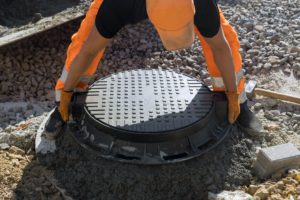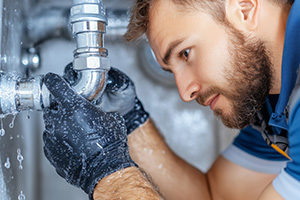 When a plumbing emergency strikes, time is critical. Whether it’s a burst pipe, a clogged drain, or a leaking water heater, you need a professional plumber you can trust. At Action Plumbing, we offer 24/7 emergency plumbing services to homeowners and businesses throughout New Jersey and the greater Philadelphia area. Our experienced team is ready to respond quickly to your call, diagnose the problem, and provide lasting solutions.
When a plumbing emergency strikes, time is critical. Whether it’s a burst pipe, a clogged drain, or a leaking water heater, you need a professional plumber you can trust. At Action Plumbing, we offer 24/7 emergency plumbing services to homeowners and businesses throughout New Jersey and the greater Philadelphia area. Our experienced team is ready to respond quickly to your call, diagnose the problem, and provide lasting solutions.
Why You Should Call an Emergency Plumber Immediately
Plumbing problems can escalate quickly. A minor leak can lead to major water damage within hours, resulting in costly repairs. Delaying service can also increase the risk of mold growth and structural damage. By calling Action Plumbing right away, you can prevent these issues and restore your plumbing system efficiently.
Common plumbing emergencies we handle include:
- Burst pipes and water line breaks
- Sewer line backups and clogs
- Overflowing toilets
- Water heater failures
- Gas line leaks
- Flooded basements
Our trained plumbers arrive fully equipped to handle all types of emergencies and minimize damage to your property.
24/7 Emergency Plumbing Services You Can Count On
At Action Plumbing, we understand that emergencies don’t happen on a schedule. That’s why we offer round-the-clock services, including weekends and holidays. Our technicians are always on standby, ready to assist you whenever disaster strikes. We also provide upfront pricing and honest recommendations, so you never have to worry about hidden fees or unnecessary repairs.
We proudly serve both residential and commercial properties, providing fast and professional service that focuses on long-term solutions. Our goal is to not only fix your immediate issue but also prevent future problems.
How Action Plumbing Stands Out
Choosing the right emergency plumber can make all the difference. Action Plumbing is known for:
- Fast response times across New Jersey and Philadelphia
- Fully licensed and insured technicians
- State-of-the-art plumbing equipment
- Comprehensive services, from drain cleaning to water heater repair
- Commitment to customer satisfaction, with thousands of happy clients
When you search for an “emergency plumber near me,” you want someone who responds quickly, works efficiently, and provides high-quality results. Action Plumbing is proud to meet and exceed those expectations.
Don’t Wait – Contact Action Plumbing Now
If you’re facing a plumbing emergency, don’t hesitate to call Action Plumbing. Our 24-hour emergency plumbing services are designed to get your home or business back to normal as quickly as possible. With decades of experience and a reputation for excellence, we are your trusted partner for any plumbing issue.
Contact us now or visit actionplumbing24.com to request immediate assistance.
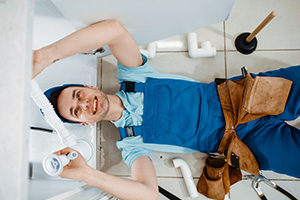 Plumbing emergencies
Plumbing emergencies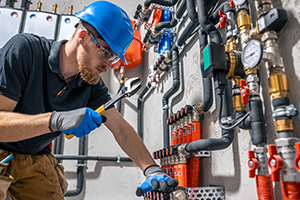 Introduction to Commercial Plumbing Maintenance
Introduction to Commercial Plumbing Maintenance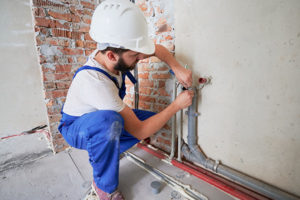 When it comes to managing a commercial property, understanding when you need to call in emergency plumbing services can be the difference between a minor issue and a catastrophic failure that could result in significant damage and financial loss. Plumbing emergencies can strike at any time, often without warning, leaving businesses vulnerable to water damage, operational disruptions, and health hazards. Recognizing the early signs of plumbing distress and acting swiftly to engage professional help is crucial.
When it comes to managing a commercial property, understanding when you need to call in emergency plumbing services can be the difference between a minor issue and a catastrophic failure that could result in significant damage and financial loss. Plumbing emergencies can strike at any time, often without warning, leaving businesses vulnerable to water damage, operational disruptions, and health hazards. Recognizing the early signs of plumbing distress and acting swiftly to engage professional help is crucial.